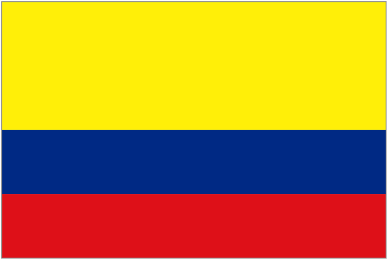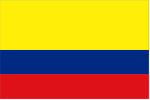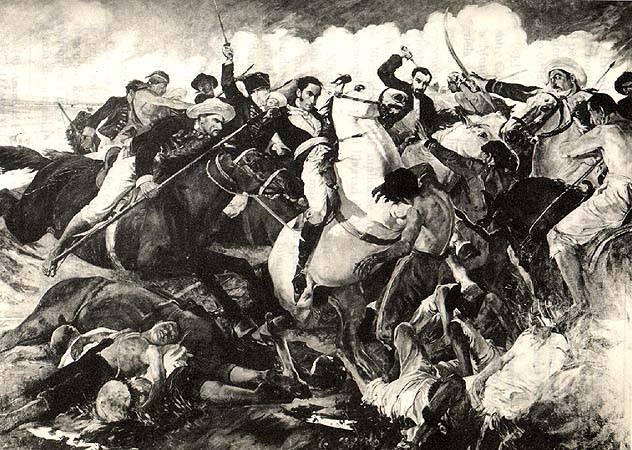August 7

Nearly two centuries after Simon Bolivar faced Spanish troops at the bridge of Boyacá on this day in 1819, Colombians still celebrate his victory as one of the defining moments of Colombia’s independence movement and of the independence of the entire South American continent.
As a military commander, Simon Bolivar was a master at turning disadvantages into advantages. His crossing of the high Andes prior to the Battle of Boyacá to meet the Spanish army has been compared in difficulty to that of Hannibal crossing the Alps.
“In this passage more than 100 men died of cold and exposure…No horse had survived. It was necessary to leave the spare arms behind and even some of those that were carried by the soldiers. When the army reached Socha…in the heart of the province of Tunja July 6th, 1819, it had dwindled to a mere skeleton…
The commander of the Spanish troops, General Barriero, controlled the road to Bogota, and Bolivar knew he had to attack quickly before reinforcements could arrive. Bolivar maneuvered his men around Barriero’s to attack them from behind, forcing Barriero’s army to abandon their entrenchments. Bolivar continued to keep Barriero’s army moving by leading his own men across the Sagomoso River, then feigned a retreat in order to capture the city of Tunja and restock arms and supplies.
By August 5, Bolivar had turned the tables, placing his men between Barriero and the capital. Barriero attempted to bypass Bolivar by crossing the river at the Boyacá bridge. However, Bolivar predicted this move and reached the bridge first.
The armies collided on August 7. Though their numbers were about even, Bolivar’s placement of infantry and cavalry allowed him to capture 1600 royalist prisoners, including Barriero and his officers, who were then executed.
When Bolivar entered the capital, he was applauded by the people who proclaimed him liberator of New Granada.
History of South America from the First Human Existence to the Present – William Frederick Griewe


